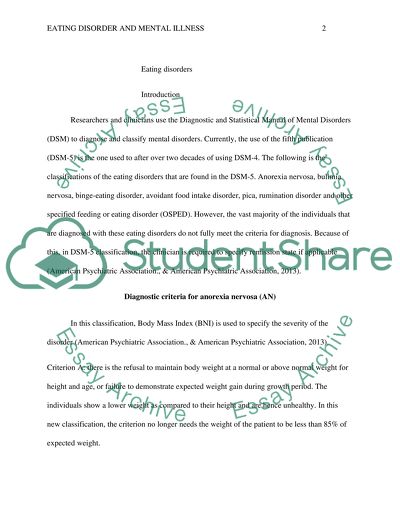Cite this document
(“Psychopathology Essay Example | Topics and Well Written Essays - 1750 words”, n.d.)
Psychopathology Essay Example | Topics and Well Written Essays - 1750 words. Retrieved from https://studentshare.org/psychology/1659968-psychopathology-essay
Psychopathology Essay Example | Topics and Well Written Essays - 1750 words. Retrieved from https://studentshare.org/psychology/1659968-psychopathology-essay
(Psychopathology Essay Example | Topics and Well Written Essays - 1750 Words)
Psychopathology Essay Example | Topics and Well Written Essays - 1750 Words. https://studentshare.org/psychology/1659968-psychopathology-essay.
Psychopathology Essay Example | Topics and Well Written Essays - 1750 Words. https://studentshare.org/psychology/1659968-psychopathology-essay.
“Psychopathology Essay Example | Topics and Well Written Essays - 1750 Words”, n.d. https://studentshare.org/psychology/1659968-psychopathology-essay.


